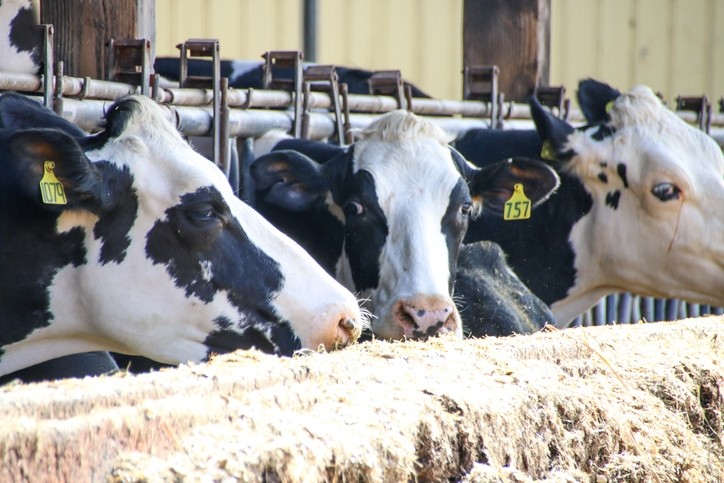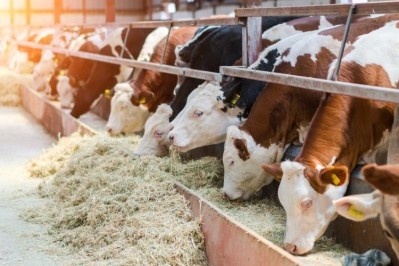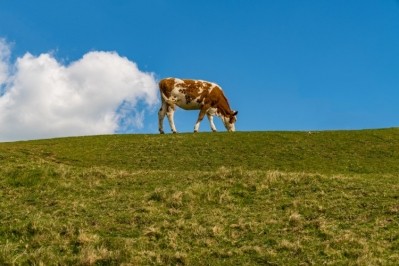New feed tech designed to support dairy net zero goals, higher milk yields

A new study showed the technology - Optimax E - has shown “significant gains” in feed efficiency linked with higher productivity, resulting in a strong return on investment.
The results of the research found that over two liters of additional milk per head per day were achieved during and after Optimax E was supplemented to the feed of dairy cows. The results showed a number of other improvements including in the level of dry matter intake, milk production and efficiency on a fat-corrected milk (FCM) basis. Milk production and efficiency were not only maintained but continued to improve post-treatment, the research confirmed.
Sabrina Zettell, nutrition and technical service manager with CBS Bio Platforms, which developed the technology and conducted the trial said that further research is underway on the impact of the multi-component enzyme for fiber digestibility.
She added that this recent research showed that Optimax E had the potential to be an “economical tool” for both milk production along with improved feed efficiency.
The dairy study was conducted with a commercial herd of 380 Holstein cows in Mexico averaging 175 days in milk. Animals were on a total mixed ration (TMR) diet primarily of corn silage and alfalfa haylage, comparable to common commercial diets in Canada and the US. Cows were monitored for lactation performance, milk components and dry matter intake.
The supplement for the dairy trial was provided as a dry product added to TMR. Based on past research with bio-catalyst technology and this specific supplement, the researchers anticipate results will be similar across dry or liquid application as well as across different feeding and milking systems.
“The supplement is activated once it’s consumed by the animal, with predictable consistent results independent of external factors.”
The study used pre-trial performance data (from the period leading up to the feeding trial) as control data. For the trial period, for 24 days (175 to 199 DIM) bio-catalyst technology was added to the TMR (20 grams per head per day of Optimax E). It was then removed from the diet and performance data was collected for an additional 24-day post-trial period.
Further research
Zettell also said that the company is currently in discussions for further research with a large commercial dairy in Mexico, while there are also commercial trials ongoing in Western Canada, a region hit by forest fires.
“What happens is that these animals are dealing with environmental stress and poor air quality. The ruminants are on open bank barns, so we are going to be getting some interesting data on that.”
She also revealed the initial results in a lamb grower trial showed the use of Optimax E had generated an improvement in digestibility.
“What we also saw, which I didn’t think was possible, was that there was an indigestible part of the ration that was reduced with the use of the enzyme. So [we are] not just increasing the rate of fiber digestibility but we are decreasing the amount of indigestible material, which I wasn’t expecting.”
There are plans to expand on this lamb data with further research planned with Agriculture and Agri-Food Canada (AAFC).
Another study is also underway looking at potential ruminant growth performance benefits relevant to beef cattle. “As we’re seeing greater milk production and feed efficiency on the dairy side, we’re hoping to see similar advantages on the meat side as well.”








